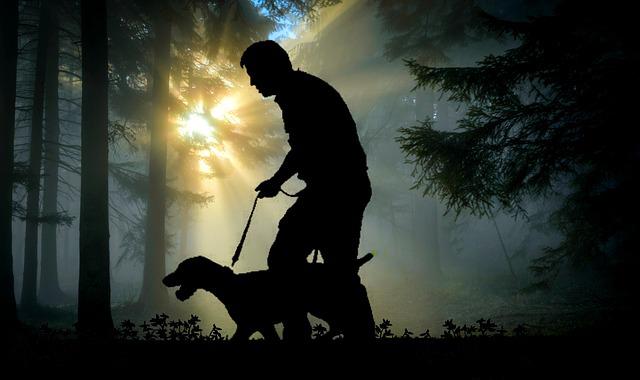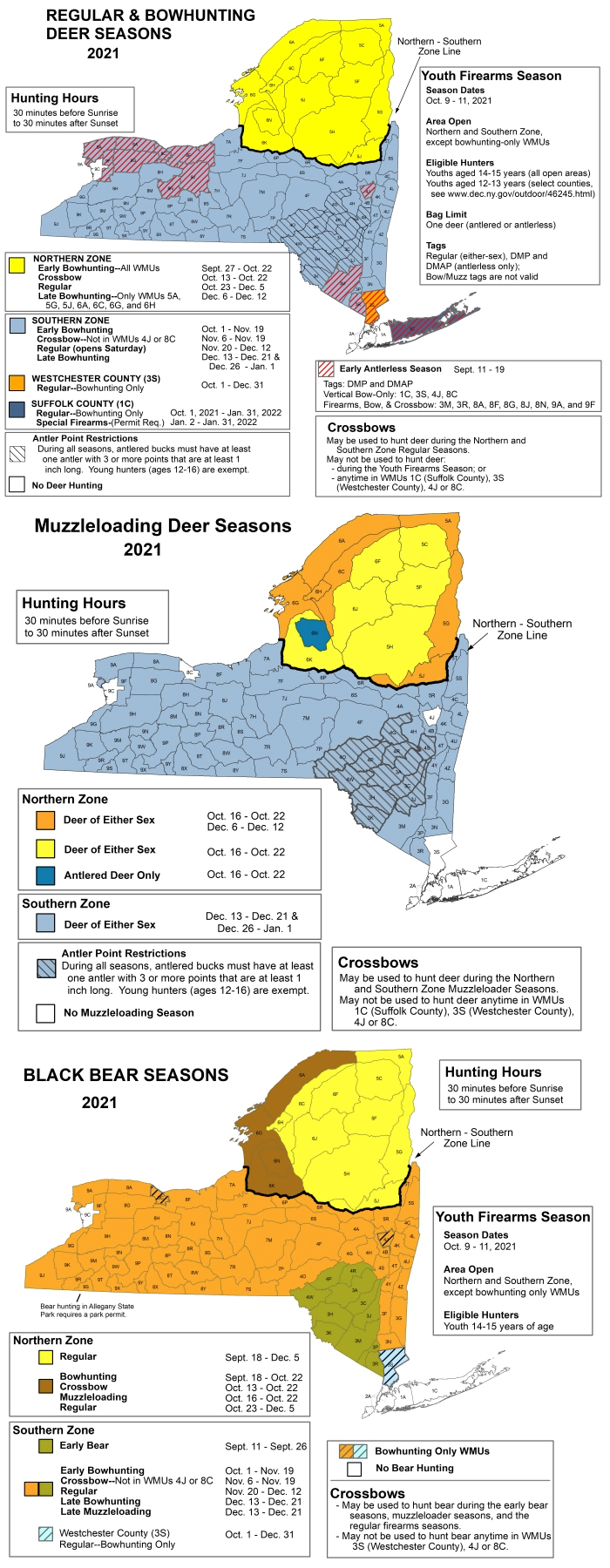
The hunting season for doves varies depending upon where you live. There are some basic requirements every hunter must have. These include the correct technique and equipment for hunting. It is essential to identify the dove prior to you embark on your hunt. It's easiest to hunt the doves the first and second days of September. So get a shotgun along with a stool. During the other two periods, the dove hunting season may be difficult.
Munition to hunt doves
Doves can be hit with a number of different shot sizes and patterns, but a standard bird shot of #8 is sufficient for most hunting situations. If you're shooting doves at a distance approaching 30 yards, you should switch to #7 1/2 or 8 shot. The #6 shot will shred the dove and is not recommended for close-range shooting. For hunting doves at greater distances, you should use a heavier amount, such a one- or two-pound load. The pellets will be more effective.
Doves are so good at seeing, their eyesight can even change directions and prevent them from being hit. To avoid this, be sure to find cover. Do not hesitate to hide in tall grass or trees. Wait for the birds. Wait until they are within 25 to 30 yards. Then, you will be able to take the shot without having to worry about your safety. Use a retriever dog to track down and rescue the wounded dove.

Techniques to hunt doves
If you have a few tricks, hunting doves can be very rewarding. Set up your nest in a hay bale or sunflower field. You can place yourself in a spot where you can see the doves come until you are comfortable. This will prevent them imagining the waterhole to be dangerous. Pass-shooting is a great way to not burn a good spot. You can also shoot at a distance so that you can see them from a distance.
Doves eat in the morning. For this purpose, hunters should scout for doves near areas that doves frequent. Remember that doves eat mainly seeds. You can also feed them with the waste grain that is left over from your farming operations. Doves are equipped with feet for perching. Therefore, you need to search them on both the soil surface and standing plants. The location of your hunt is very important because doves will frequently move from one location to another to find food.
Identifying doves
Identifying hunting doves can be challenging if you're a novice hunter. They can easily be confused and difficult to spot, especially in large cities. It is important to practice hunting in the city to master how you can identify them. You should look out for tell-tale signs when identifying them. Pay close attention to their flight patterns and physical characteristics. Those who are easy to identify will be the easiest to identify.
In ideal conditions, you will be standing close to a dip in the perimeter timber. This is where doves can often be seen. For a clear view of intruders, you should stand 50-75 yards from the dip. Now, stand in front of the gap and try to spot any birds. If you're successful, you'll have a better chance of making a kill than you might have otherwise. This is a key step to identify the hunting doves living in your area.

Food sources for doves
While hunters can identify agricultural fields, most don't know how do to locate hidden dove hotspots. You can identify hidden dove hotspots by learning about native plants like pokie weed. Many plants are attractive to doves, including barnyard grass, ragweed, and Johnson grass. Poke weed is a good example. It has purple berries as well as wild peas.
Traditional sunflower seeds make a great food source, but a larger food plot will attract more birds. Sunflowers, for example, are a great choice for doves, but if you want to attract more species of birds, try adding grains to your food plot. Other crops, such as sorghum, will also attract doves. Doves love a variety crops, including winter Wheat and corn.
FAQ
What should I know about hunting?
You must be able to understand the movements of an animal, its habits, and how you can avoid being hurt in order to hunt effectively.
It is important that you are familiar with your state's hunting laws. Some states allow hunting in certain ways, while others prohibit it altogether.
Other factors include terrain, weather, and type of weapon.
When you decide to pursue this hobby, you should consider whether you want to hunt alone or with friends and family.
Most hunters prefer hunting with others. This is because it allows you to concentrate on your goal. You might miss your chance if you're all alone.
Hunting also requires a lot of preparation. You will need to plan so you can find an appropriate place to hunt.
You will also need to prepare your weapons. You should also clean and test your weapons before you leave home.
Proper clothing is essential when hunting. You should dress for the weather and terrain.
Be sure to have plenty of water and food. For any emergency, you should always have extra ammunition and supplies.
You should never leave anything unattended. It might get lost or damaged.
Before you start hunting, make sure you pick a safe spot that doesn't have any predators.
Be sure to follow the government's rules. These regulations protect wildlife as well as humans.
Which state has the highest number of deer hunters?
Wyoming is home to the largest number of deer hunters in the country. It also sells most hunting licenses annually.
South Dakota is home to the second-most deer hunter state. It is third in terms of the number sold annually of hunting licenses.
New Hampshire is the state that has the lowest number deer hunters. It is the least populous state in terms of hunting licenses per capita.
How much does it take to become a hunter
The costs associated with hunting vary depending on the area you live in.
In some areas, you may only need to pay a small membership fee to access public lands.
Some states require permits or licenses before you may hunt.
The price of hunting varies based on the type of firearm you use. A rifle will usually cost more than a gun.
A license can cost anywhere from $10 to $50. You may need additional tags depending on how many days you hunt.
Hunting certain species requires a permit. The size of each animal will affect the amount of money that you must spend.
Wild turkey hunting can be expensive. You'll need to pay $150 for a tag.
Statistics
- - Percent of residents with paid hunting licenses: 0.7%- (stacker.com)
- Licenses dropped from a peak of roughly 17 million in the 1980s to 15 million in 2019, according to The Seattle Times. (stacker.com)
- Less than 1% of Hawaii's population has a hunting license. (stacker.com)
- Over the past 50 years, the number of hunting licenses in California has been on a rapid decline, falling 70% from more than 760,000 in the 1970s to under 268,000 in 2020—even as the state's population has skyrocketed, according to The Mercury News. (stacker.com)
External Links
How To
How to hunt wild hogs
Large animals that can be found in North America are wild hogs. They can also be found in Asia, Africa, Europe, and Asia. Wild hogs are omnivores; they eat vegetation and small animals such as rabbits, mice, birds, insects, and fish. They usually feed at night. The gestation period is approximately six months. One piglet then emerges. Every two years, a sow will give birth to a piglet. Wild hogs can be solitary, but they may live in herds.
The average weight of a wild boar is 200 pounds (90 kg). Their head length ranges between 10-12 inches (20-25 cm) and 20-30 inches (30-50 cm) respectively. Wild pigs tend to have long legs, wide shoulders, and short tails. They have a thick fat layer beneath their skin.
They are very sensitive to smell, hearing, sight, and touch. These senses are used to find food and detect danger. They can run up to 35 miles per hour (56 km/h) and jump distances of up to 15 feet (4 m). They have sharp teeth. They are very aggressive when protecting themselves from predators.
Hunting wild hogs is difficult due to their intelligence, speed, and elusive nature. Hunting wild animals requires precision and careful stalking. If hunters shoot too early, the animal may escape. If hunters shoot too late, the animal may die before it reaches cover.
There are many methods of hunting wild hogs. Shooting is the most popular method. This requires hunters to track down the animal and then wait until it comes into range. Another method is trapping. The trapping method involves placing traps close to water sources that the hogs can drink. The traps are often equipped with a scent lure that includes peanut butter mixed with corn meal. The hunter then shoots the trapped pork after the trap has been sprung.
Snaring, another method, is also an option. Snaring is a method that uses a noose of rope to catch the pork. The best time to catch a pig is during mating season.
You can also use poisoning, spearing, or netting. Netting and spearing are methods of stopping pigs' breathing by placing a net around the neck or spearing them. Poisoning can be done by injecting poison into the body of the pig.
Hunters who want to hunt wild hogs must be ready for cold temperatures. Hunting in colder areas may require the use of snowshoes. Hunting dogs may be used to track animals.